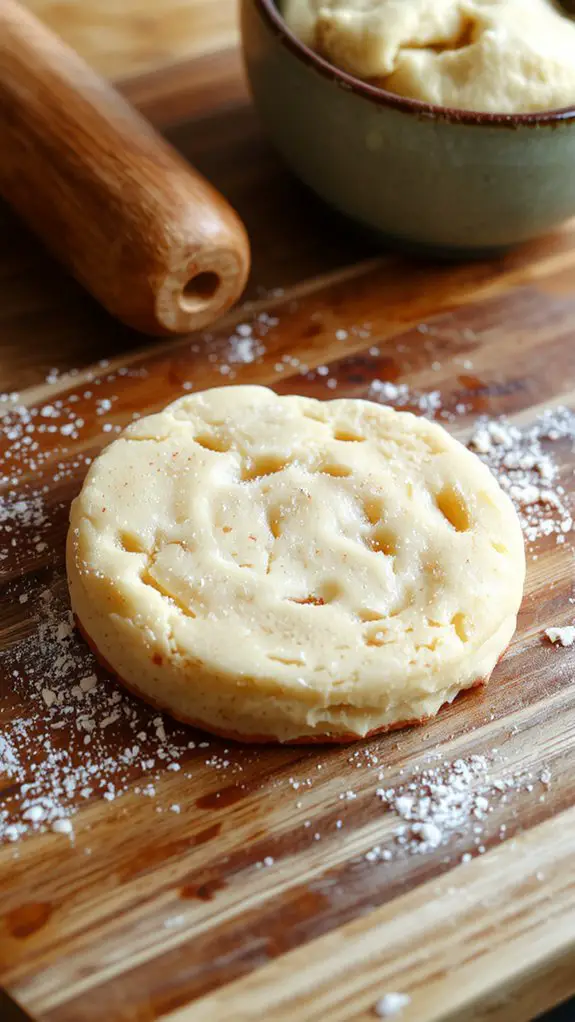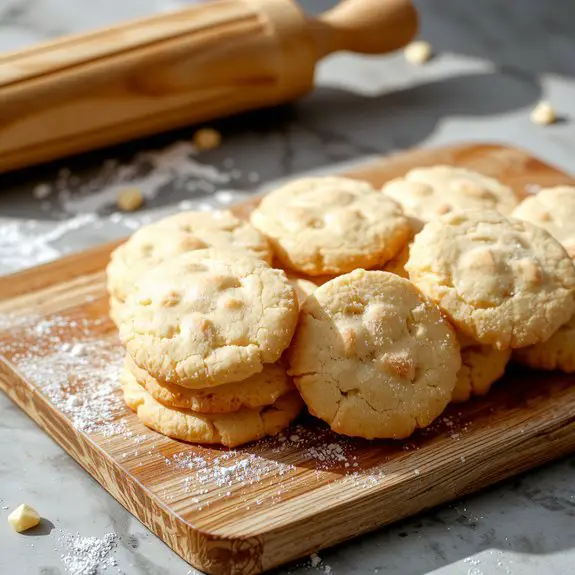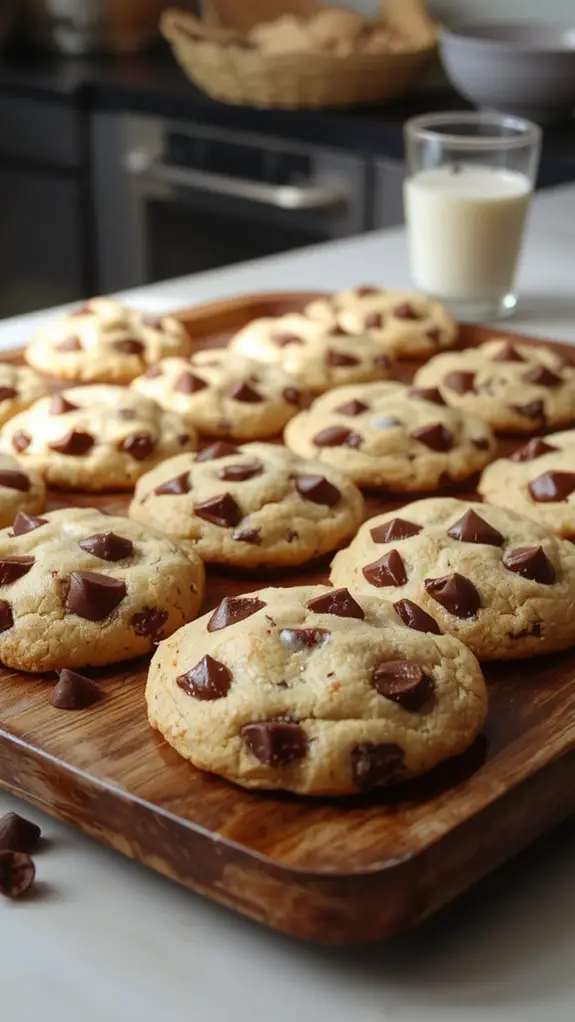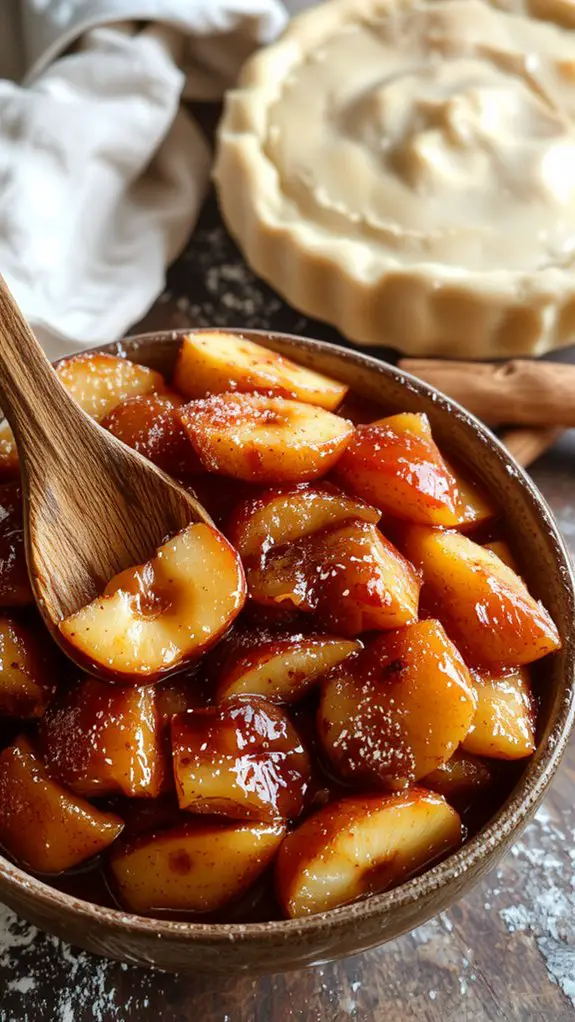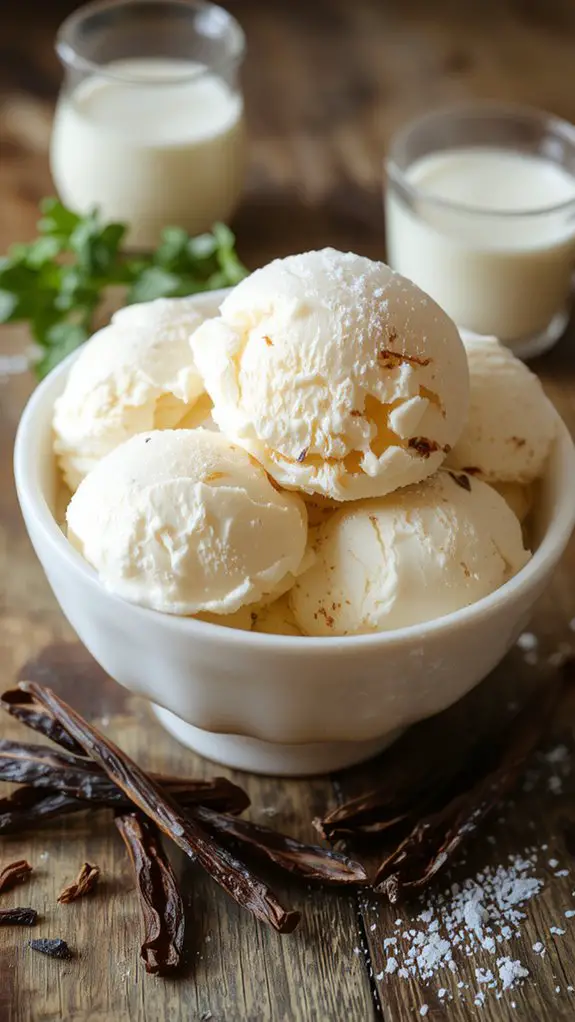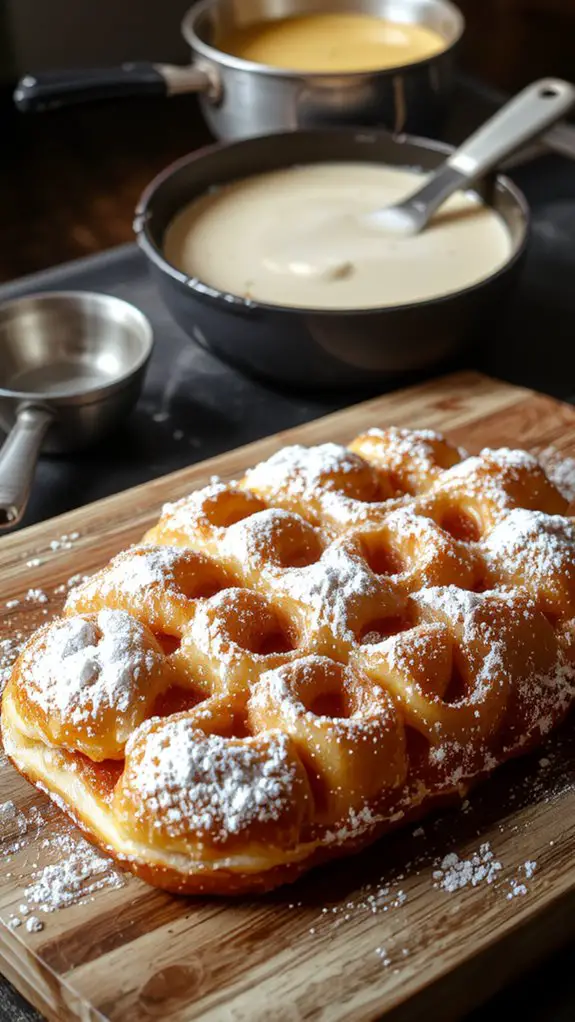Recipe
There’s something magical about a perfect shortbread cookie—buttery, crumbly, and just sweet enough to melt in your mouth.
This recipe is the gold standard, the one I turn to every holiday season (and let’s be honest, year-round) because it never fails to impress.
With just a handful of simple ingredients—real butter, good vanilla, and a pinch of salt—you get a cookie that’s rich, tender, and downright addictive.
The secret? Chilling the dough to lock in that signature texture, then baking until the edges turn the palest gold.
One bite, and you’ll understand why this classic deserves a permanent spot in your cookie rotation.
Trust me, your kitchen will smell like a bakery, and your friends will beg for the recipe. Let’s bake!
Ingredients
The secret to perfect shortbread lies in simplicity—just a few high-quality ingredients create that iconic buttery, crumbly texture. Here’s what you’ll need, plus pro tips to nail it every time:
- Unsalted butter (room temperature) – The star of the show! European-style butter (like Kerrygold) has a higher fat content, giving richer flavor and melt-in-your-mouth tenderness. *No swaps here—this is non-negotiable.*
- Granulated sugar – Fine sugar blends seamlessly for a smooth texture. For a subtle caramel note, try swapping in caster sugar.
- All-purpose flour – Keeps the structure light. For extra tenderness, replace 2 tbsp of flour with cornstarch (a baker’s hack for “shortening” the dough).
- Salt – Balances the sweetness. Use flaky sea salt for a gourmet touch, or skip if using salted butter.
*Little win:* A sprinkle of turbinado sugar on top before baking adds a delicate crunch. Optional, but oh-so-worth it.
How to Make the Best Classic Scottish Shortbread Recipe
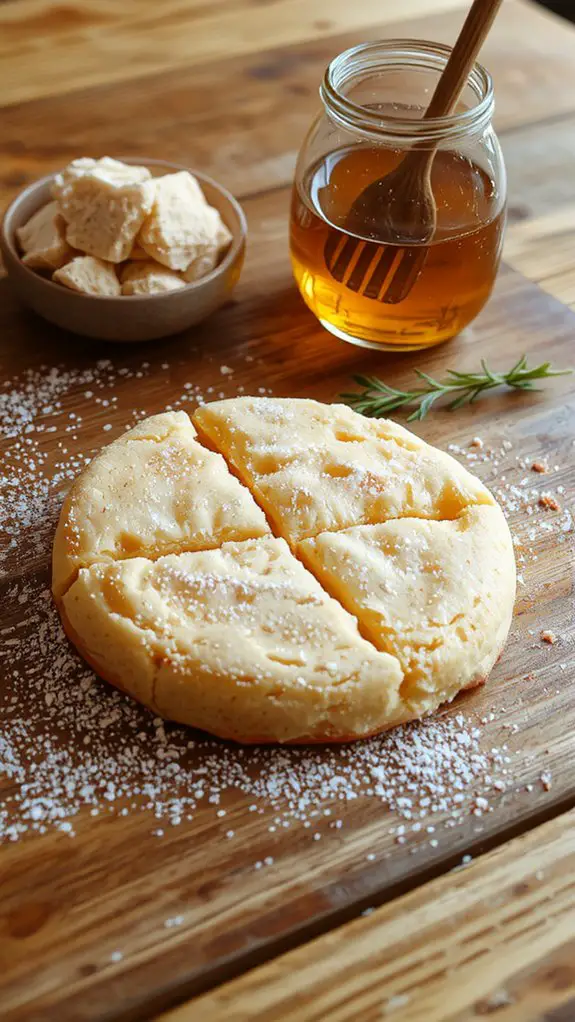
- Prick the dough all over with a fork – This prevents air bubbles from forming and gives the shortbread its traditional look. Space the pricks evenly for a professional finish.
- Bake for 25-30 minutes, or until the edges are lightly golden – Watch carefully to avoid overbaking. The center should still be pale but set.
- Rotate the pan halfway through for even browning – This ensures consistent coloring and texture throughout the shortbread.
- Remove the pan from the oven and immediately score the shortbread into squares or rectangles – Scoring while warm makes it easier to cut later. Use a sharp knife and make clean, straight lines.
- Let the shortbread cool completely in the pan before cutting into pieces – Cooling guarantees the texture firms up, making it crisp and easy to handle. Patience is key here.
- Store in an airtight container at room temperature for up to a week – Shortbread stays fresh when stored properly. Keep it away from moisture to maintain its crispness.
Nutrition
Shortbread cookies are a classic treat known for their rich, buttery flavor and crumbly texture. Below is the nutritional information per serving.
| Nutrient | Amount per Serving |
|---|---|
| Calories | 150 |
| Fat | 9g |
| Carbohydrates | 16g |
| Protein | 1g |
| Sugar | 6g |
Chef Tips
For the best shortbread cookies, I always recommend using high-quality butter—it’s the key to that rich, melt-in-your-mouth texture. Chill the dough before baking to prevent spreading.
Don’t overmix; stop once it just comes together. Bake at a low temperature for even cooking. Let them cool completely on the tray—they’ll firm up perfectly.
A pinch of salt enhances flavor. Store in an airtight container to keep them crisp.
Frequently Asked Questions
Can I Freeze Shortbread Dough?
Yes, I can freeze shortbread dough. I usually wrap it tightly in plastic wrap or place it in an airtight container before freezing. It keeps well for up to three months, and I bake it straight from the freezer.
How Long Do Shortbread Cookies Stay Fresh?
Shortbread cookies stay fresh for about a week if properly stored. I usually keep them in an airtight container at room temperature. I’ve noticed they can last longer in the fridge, but lose texture.
Can I Use Margarine Instead of Butter?
I can use margarine instead of butter, but the texture and flavor won’t be the same. Butter gives shortbread its richness, while margarine might make it softer and less crisp. I’d stick to butter for best results.
Why Did My Shortbread Spread Too Much?
I think your shortbread spread too much because I didn’t chill the dough enough before baking or I used too much butter. I’ve learned that keeping the dough firm helps it hold its shape better.
Can I Add Chocolate to This Recipe?
Yes, I can add chocolate to the recipe. I’ll either mix in chocolate chips or drizzle melted chocolate on top after baking. Both methods work, but I’ll make sure the dough stays firm to prevent spreading.

